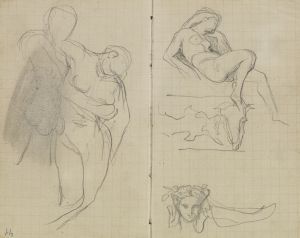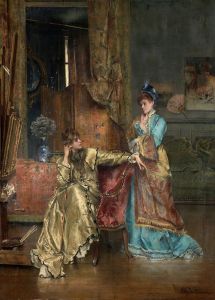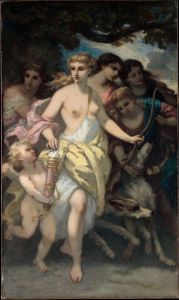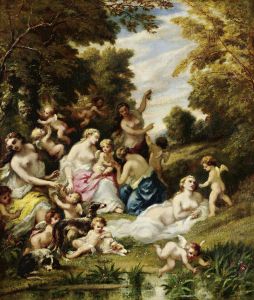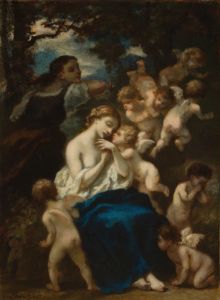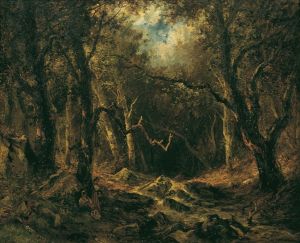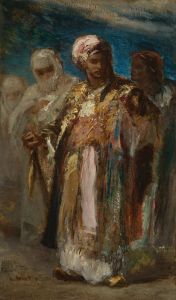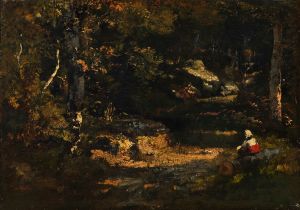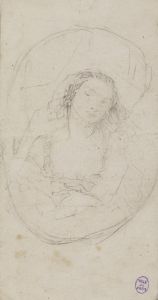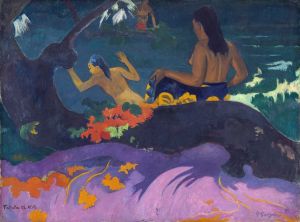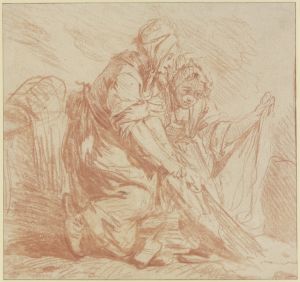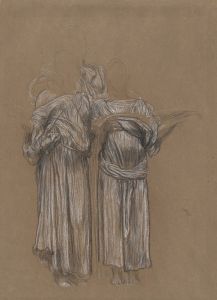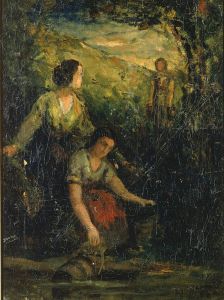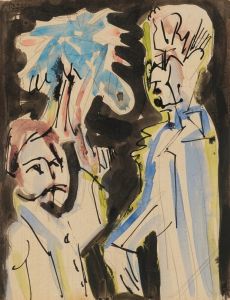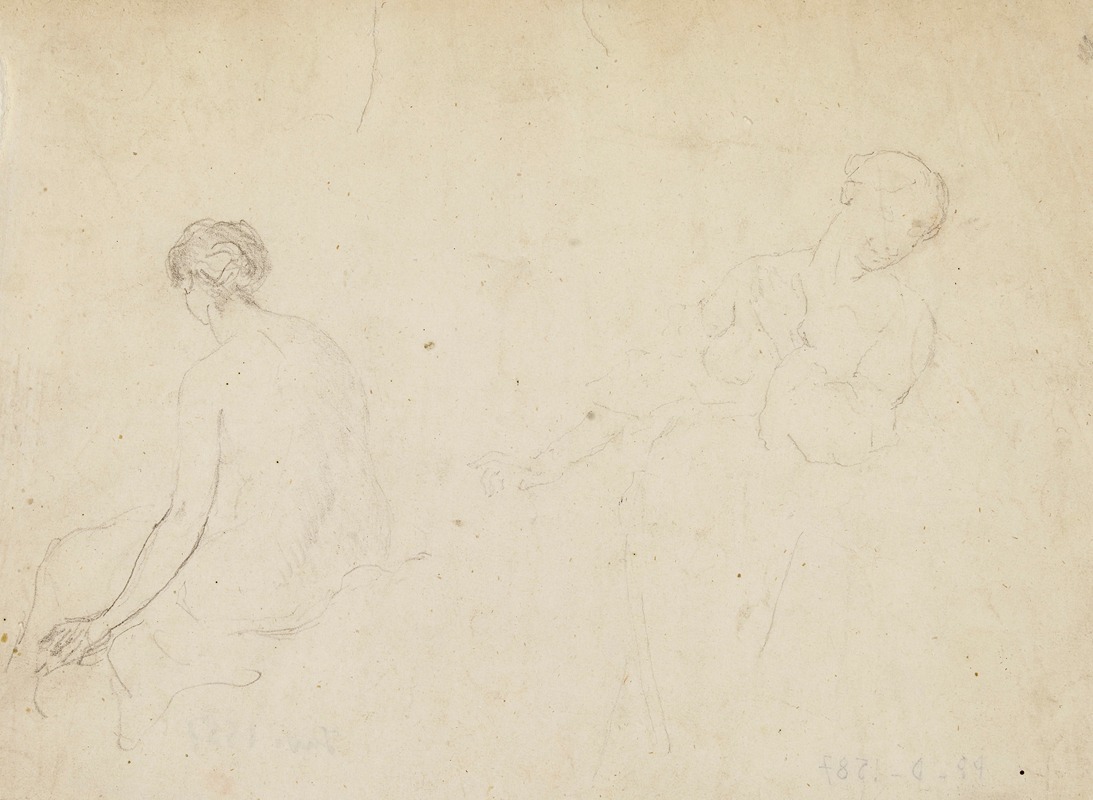
Etudes de deux femmes
A hand-painted replica of Narcisse-Virgile Diaz de La Peña’s masterpiece Etudes de deux femmes, meticulously crafted by professional artists to capture the true essence of the original. Each piece is created with museum-quality canvas and rare mineral pigments, carefully painted by experienced artists with delicate brushstrokes and rich, layered colors to perfectly recreate the texture of the original artwork. Unlike machine-printed reproductions, this hand-painted version brings the painting to life, infused with the artist’s emotions and skill in every stroke. Whether for personal collection or home decoration, it instantly elevates the artistic atmosphere of any space.
Narcisse-Virgile Diaz de la Peña was a prominent 19th-century French painter associated with the Barbizon School, a movement that emphasized naturalism and the depiction of rural landscapes. While Diaz de la Peña is best known for his landscapes, he also created a number of figure paintings, including "Etudes de deux femmes" (Studies of Two Women).
"Etudes de deux femmes" is a work that exemplifies Diaz de la Peña's interest in the human form and his ability to capture the subtleties of light and shadow. The painting depicts two women, though specific details about their identities or the context of the scene are not widely documented. The focus is on the interplay of light on the figures, a characteristic technique of Diaz de la Peña, who was known for his rich use of color and texture.
Diaz de la Peña's style was influenced by both Romanticism and the emerging Realist movement. His work often features a lush, almost sensual use of color, which can be seen in "Etudes de deux femmes." The painting likely reflects his interest in capturing the beauty and complexity of the human figure, a theme that runs through much of his oeuvre.
The Barbizon School, with which Diaz de la Peña was associated, was named after the village of Barbizon near the Forest of Fontainebleau, where many artists gathered to paint en plein air, or outdoors. This movement was a precursor to Impressionism and marked a shift away from the formalism of academic art towards a more naturalistic approach. Diaz de la Peña, along with other members of the Barbizon School, such as Théodore Rousseau and Jean-François Millet, sought to depict the natural world with honesty and emotion.
Diaz de la Peña's work, including "Etudes de deux femmes," is characterized by its atmospheric quality and the artist's ability to convey mood through his handling of paint. His figure studies often reveal a sensitivity to the nuances of human expression and form, which is evident in the delicate rendering of the two women in this painting.
While specific details about "Etudes de deux femmes" are limited, the painting is representative of Diaz de la Peña's broader artistic concerns and his skill in both landscape and figure painting. His works are held in numerous public and private collections, and he remains a significant figure in the history of 19th-century French art.
In summary, "Etudes de deux femmes" by Narcisse-Virgile Diaz de la Peña is an example of the artist's adeptness at capturing the human form and his contribution to the Barbizon School's legacy. The painting reflects his mastery of color and light, hallmarks of his style that continue to be appreciated by art historians and enthusiasts alike.





